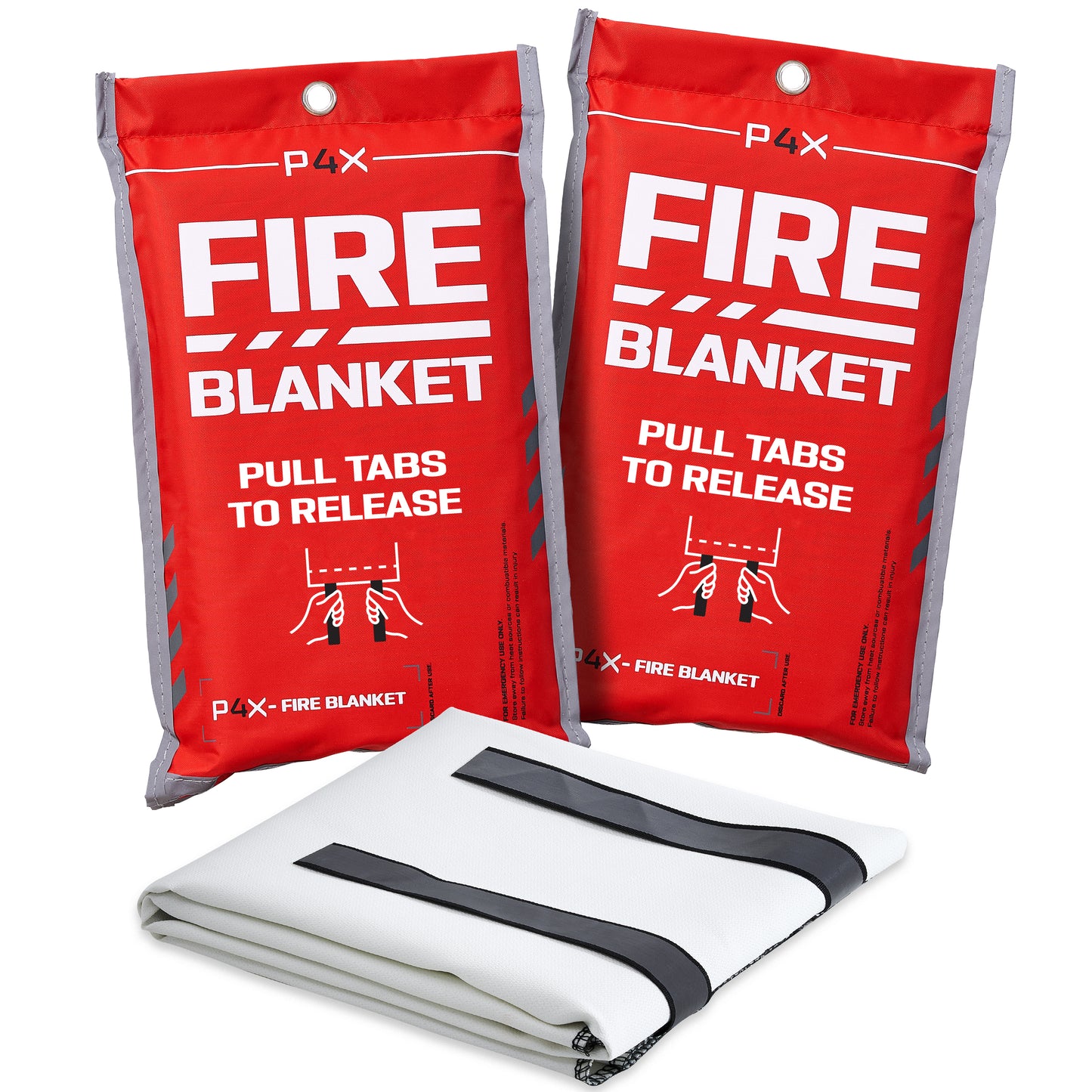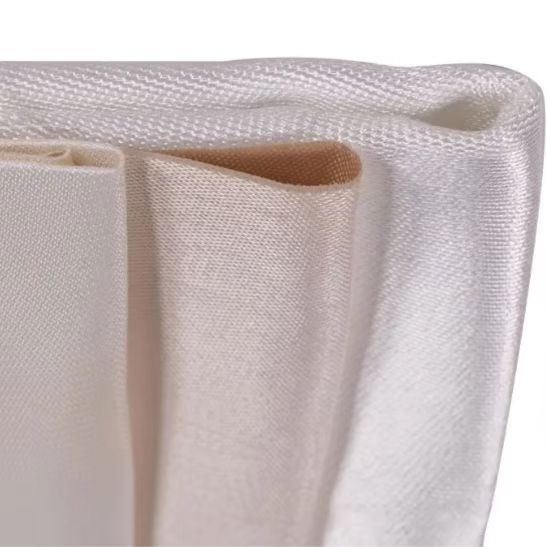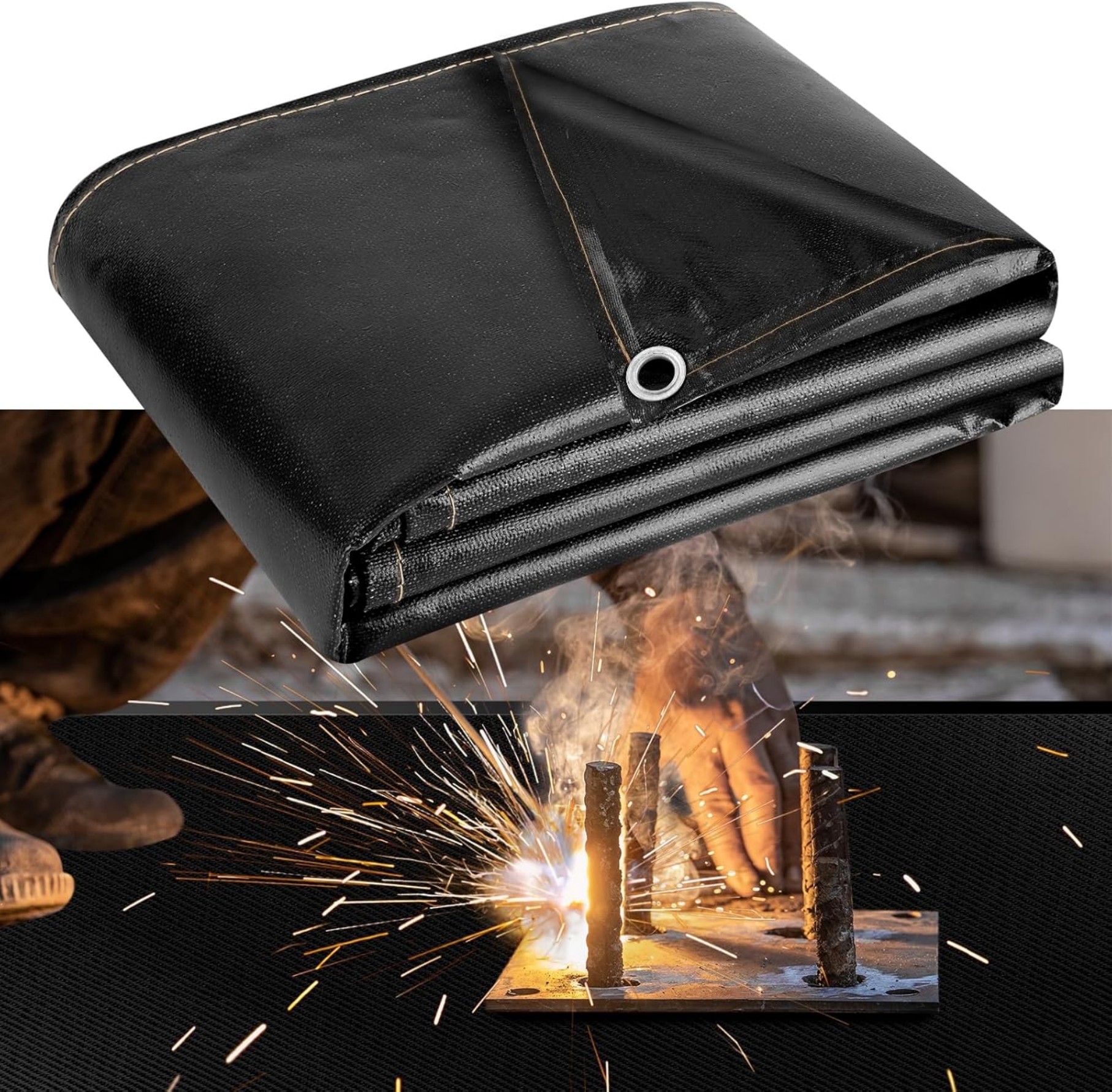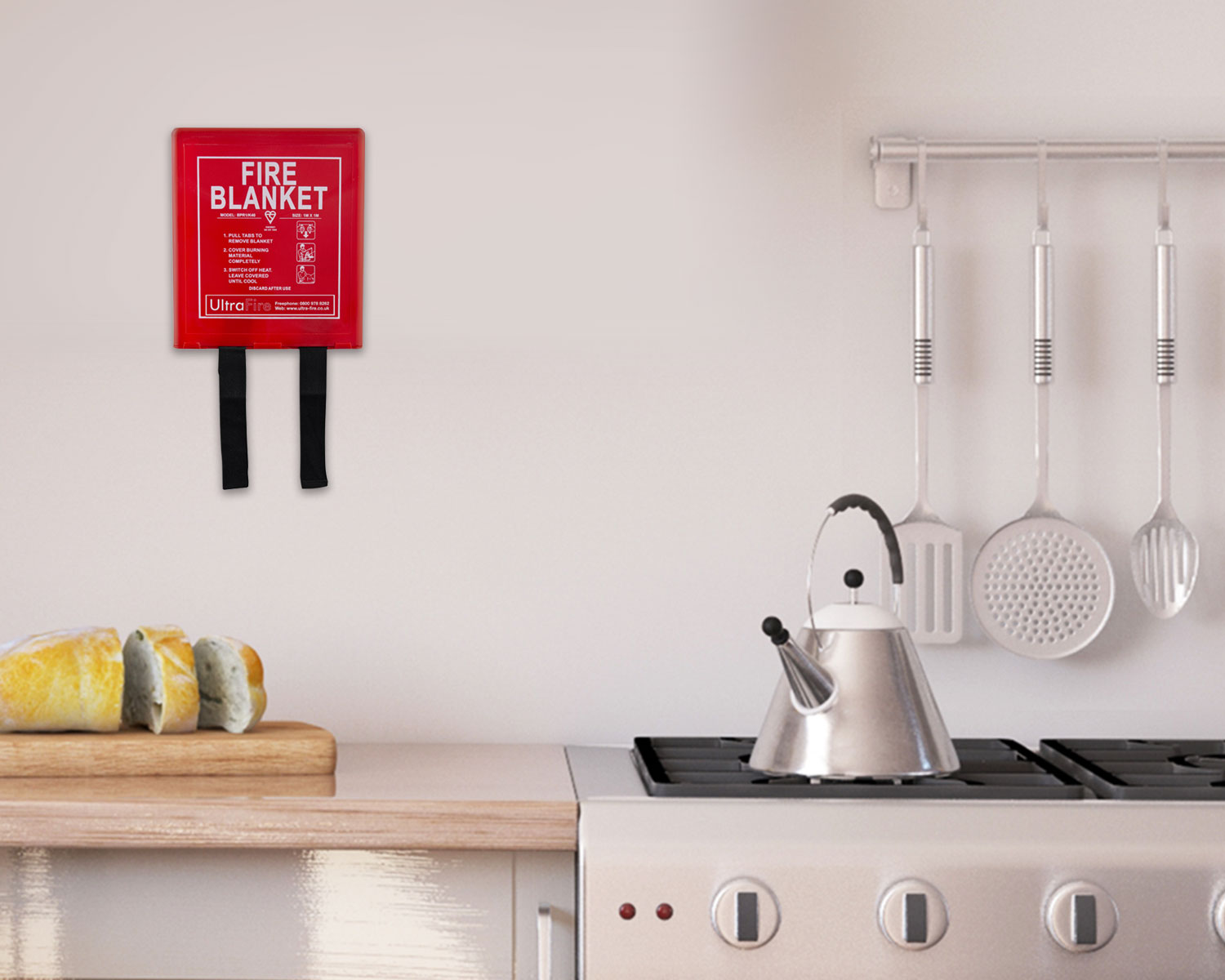How Fire Blankets Work Against Flammable Gases: Safety Guide
Fire blankets are essential safety tools that smother small fires by cutting off oxygen. This article explains how they work against flammable gas fires, their proper use, limitations, and safety alternatives for different fire types.
Understanding Fire Blankets and Flammable Gases
Fire blankets are made from flame-resistant materials like fiberglass or wool treated with fire-retardant chemicals. When placed over a fire, they starve it of oxygen, which is crucial for combustion. However, their effectiveness varies with different fire types.
For flammable gases (like propane, methane, or butane), fire blankets have limited effectiveness. Here's why:
- Gas fires often involve pressurized fuel sources that continue releasing gas
- The blanket can't stop gas flow from its source
- Smothering works better on surface fires (like grease or clothing fires)
When to Use Fire Blankets for Gas Fires
Fire blankets can help with small flammable gas fires in specific situations:
- Small appliance fires:If a gas stove or heater catches fire and you can safely reach the knob to turn off the gas
- Secondary fires:When flammable materials near a gas leak catch fire
- Personal protection:Wrapping the blanket around yourself if your clothes catch fire from gas flames
Step-by-Step Guide for Using Fire Blankets
If you decide to use a fire blanket on a small gas-related fire:
- Turn off the gas supply if possible (this is the most critical step)
- Pull the blanket from its container by the tabs
- Hold the blanket as a shield between you and the fire
- Gently place it over the flames, starting from the near edge
- Leave it in place for at least 15 minutes to ensure the fire is out
- Never try to peek or lift the blanket prematurely
When Not to Use Fire Blankets for Flammable Gases
Fire blankets are not suitable for:
- Large gas fires (call emergency services immediately)
- Pressurized gas leaks (evacuate and call professionals)
- Fires where you can't safely reach the gas shut-off
- Industrial-scale gas fires
Alternative Safety Measures for Flammable Gases
For better protection against flammable gas fires:
- Gas detectors:Install detectors that alert you to leaks before fires start
- Class B fire extinguishers:Designed specifically for flammable liquids and gases
- Automatic shut-off valves:Install valves that stop gas flow when abnormal conditions are detected
- Proper ventilation:Reduces gas accumulation in enclosed spaces
Choosing the Right Fire Blanket
If you want a fire blanket as part of your safety equipment:
- Look for blankets rated for multiple fire types (Class A, B, D)
- Choose larger sizes (at least 1m × 1m) for better coverage
- Check for certification marks from recognized safety organizations
- Ensure quick-release containers for easy access

Maintenance and Storage
To keep your fire blanket ready for use:
- Store in an easily accessible location away from potential fire hazards
- Check annually for damage or deterioration
- Replace if the blanket shows any signs of wear or contamination
- Never wash fire blankets - this can remove fire-retardant treatments
Conclusion
While fire blankets have limitations with flammable gases, they remain valuable safety tools when used appropriately. The key is understanding their proper applications and combining them with other gas safety measures. Always prioritize turning off the gas supply and evacuating when dealing with significant gas fires.






